In this article, we’ll focus on the evolution of ancient fishing rods and techniques into what we know of as modern Western fly fishing. That said, the origins of fly fishing are hard to pinpoint. What we know of its history is really a collection of educated conjectures based on images and written references collected inconsistently across the centuries.
It’s entirely likely that modern fly fishing practices can be traced back to any number of fishing traditions that developed independently in ancient times around the world. Tenkara fishing, for instance, has a long history in Japan, but it is nearly impossible to define a true timeline of the sport—likely because it was an art of the common man rather than wealthy scholars and nobles.
When was the fishing rod invented?
The easy answer is, “We don’t know.” But we’ll start our timeline some 4,000 years ago along the banks of the Nile—not necessarily because the fishing rod was actually invented there but rather because Egypt’s remarkable Beni Hasan tombs feature the oldest known depictions of a rod being used to catch fish. In one of the paintings, thought to have been created sometime in the ballpark of 2,000 B.C., fishermen are clearly seen plying the Nile with net, hand line, and a fishing rod.
Rods like the one depicted in these paintings would probably seem crude to many modern fly fishermen: a line—likely composed of braided horsehair, linen, catgut, or long grasses—would have been affixed to a thin, uninterrupted length of wood, perhaps six feet long. No guides. No reel. In fact, the same rod would have been used for bait fishing as fly fishing—the only true distinction being what was affixed to the end of the line.
But the use of simple tools doesn’t mean ancient fishermen can be equated to your ten-year-old dropping a worm into the river on the end of a string. In fact, there’s strong evidence that these fishermen paid close attention to the natural world for clues to improve their chances on the water.
If you’ve read much into the history of fly fishing before, you might have stumbled across mention of the Macedonian Fly—a reference to a description from a text written in 200 A.D. called On the Nature of Animals. In it, Claudius Aelianus (a Roman author and teacher) penned the first known written reference of an artificial fly after observing fishermen in Macedonia: “They wrap the hook in scarlet wool, and to the wool they attach two feathers that grow beneath a cock's wattles and are the color of wax. So they let down this lure, and the fish attracted and excited by the color, comes to meet it, and fancying from the beauty of the sight that he is going to have a wonderful banquet, opens wide his mouth, is entangled with the hook, and gains a bitter feast, for he is caught.”
How did the fly rod evolve?
Regardless of its origins, the single stave design remained a common tool for many centuries, though it would vary greatly in length. Casting, a technique that seems so fundamental to the art of western fly fishing in our modern day and age, had yet to become a widespread technique prior to the 19th century. As a result, the ancestors of the modern fly rod grew to be quite long, ranging upwards of 20ft in length. That length offered what modern fly rods grant with a carefully balanced action, good reel, and nylon fly line: reach. A fly angler could use that extra reach to dangle fixed lengths of line over the water and allow only the fly to touch the surface—a technique called dapping.
Sectioned rods began popping up around the 15th century A.D. A landmark text in the development of European sport fishing, A Treatyse of Fishing with an Angle, was published in 1496 under the name Dame Julian Berners—purportedly an English nun, though there is no actual historical record of a Juliana Berners. Regardless of who wrote Treatyse, it served as the first comprehensive guide to freshwater sport fishing in England. Not only did it go into detail on the best bait and artificial flies for various freshwater species, but it also serves as one of the earliest references to a two-piece rod. (Perhaps the most miraculous aspect of this text, however, is the fact that it was written in rhyming verse.)
Jump forward another 150 years or so to 1653 and you’ve got Izaak Walton’s The Compleat Angler, a book written to promote fishing in a time when England was reeling (no pun intended) from the aftermath of a long period of civil wars. After its initial release, the book would go on to rival the Bible and Shakespeare’s plays as one of the most-printed books in history—likely its focus on the social and spiritual benefits of fishing as an art rather than a utilitarian practice. (While it is not the first text to do so, it certainly became the first widely popular text to do so.) More elaborate rod designs began to crop up throughout this time period. Six-piece, 18ft rods composed of several different types of wood and boasting whale-bone tips were used as a more portable version of their earlier brethren—an innovation we can assume was particularly useful to the traveling sport fisherman.
By the mid to late 1800s, amidst the fervor of the first and second Industrial Revolutions, certain materials (such as bamboo) became more widespread in Western fishing culture. Fishermen slowly stopped making their own rods and turned to specialized craftsmen as stark delineations in technique and gear gave rise to what would become modern spin and fly fishing.
When were reels first used?
Part of what led to those “stark delineations” can be attributed to the development of the fishing reel, enabling fisherman to control more line with greater accuracy.
Reels were not commonly used in Western fly fishing until the mid-1800s, and it was Charles F. Orvis of Manchester, Vermont who designed and patented the descendent of the modern fly reel in 1874. That said, it’s quite possible that the use of reels, similar to rods, dates back thousands of years.
A decorative silver plate, found off the shore of Israel and believed to have been created in 500 or 600 A.D., depicts a man taking a fish off his line—a line running back along the length of his rod through guides to a circular device that appears to be a reel of some form. A less controversial depiction of a similar reel can be found in a 12th century Chinese painting titled “Angler on a Wintry Lake”.
 Image Source: The J. Paul Getty Museum, Villa Collection, Public Domain
Image Source: The J. Paul Getty Museum, Villa Collection, Public Domain
These early reels were likely simple in construction—an unmoving disk to wrap line around by hand rather than a spinning device that allowed for easy release and retrieve. The fact that they don’t seem to be widely documented offers a prime example of the varied and patchy history of fly fishing as a sport.
Why do we care?
In the scheme of things, that patchy history may not be of much import, but perhaps it’s worth reflecting on if only to be humbled by the fact that, for thousands of years, artists have walked the rivers of this earth and made due just fine with little more than a long stick and some woven horsehair.
Further Reading
We're not the experts when it comes to history. Interested in learning more about this topic? Check out some of the sources we drew on to write this article:
The Journal of the American Museum of Fly Fishing offers a wealth of fly fishing content with a historic bend. Head over to the American Museum of Fly Fishing website to access their archives.
History.com also dropped a recent article featuring commentary from the American Museum of Fly Fishing's curator, Jim Schottenham that takes a bit of a deeper look at most of the topics we discuss above.
Interested in some of the more niche topics? Head over to Discover Tenkara for some thoughts on the history of the popular Japanese variant of fly fishing or take a deeper dive into the Beni Hasan tomb paintings through the Archaeology Magazine!
Thoughts? Questions? Other historical aspects of fly fishing you'd like to know more about? Let us know in the comments below!




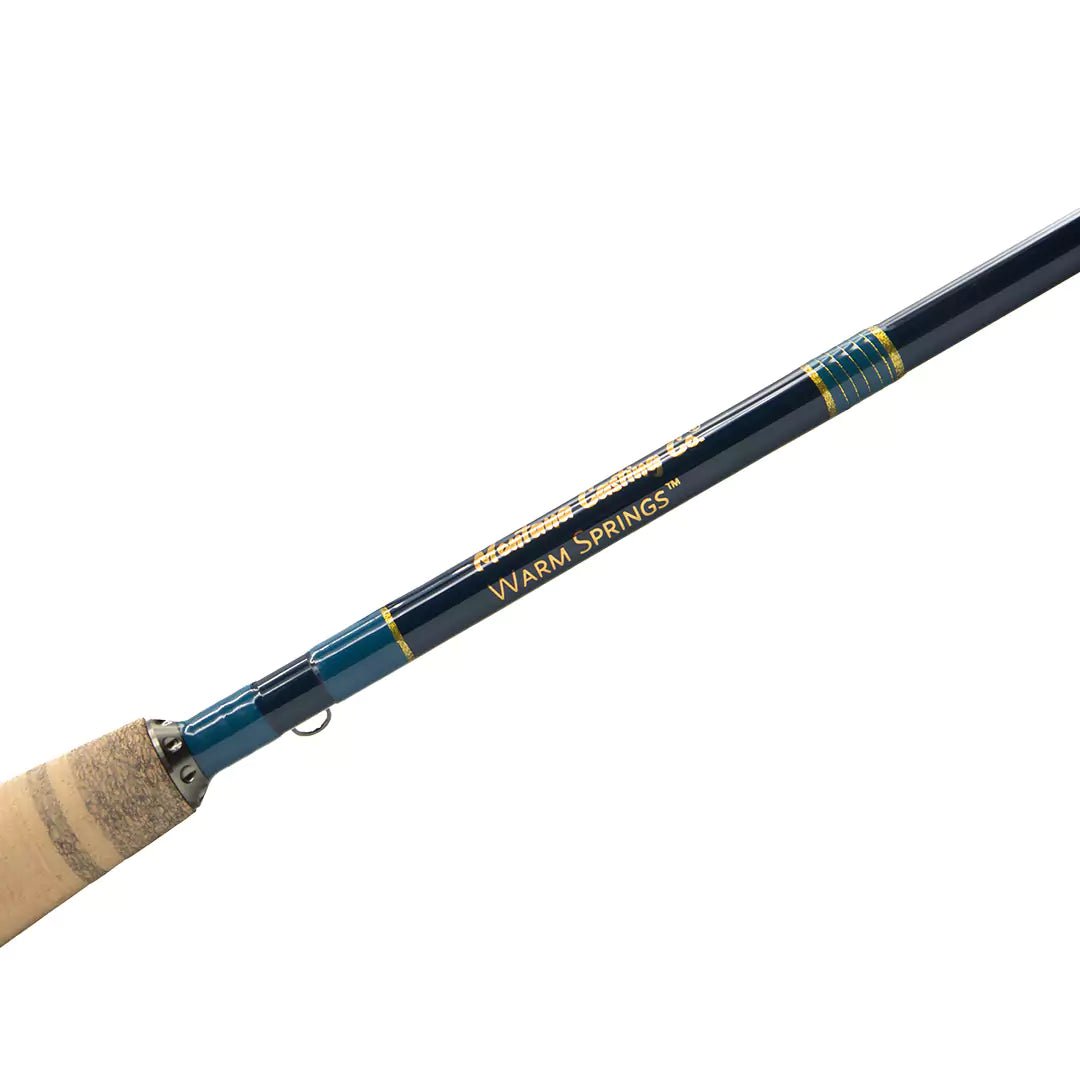
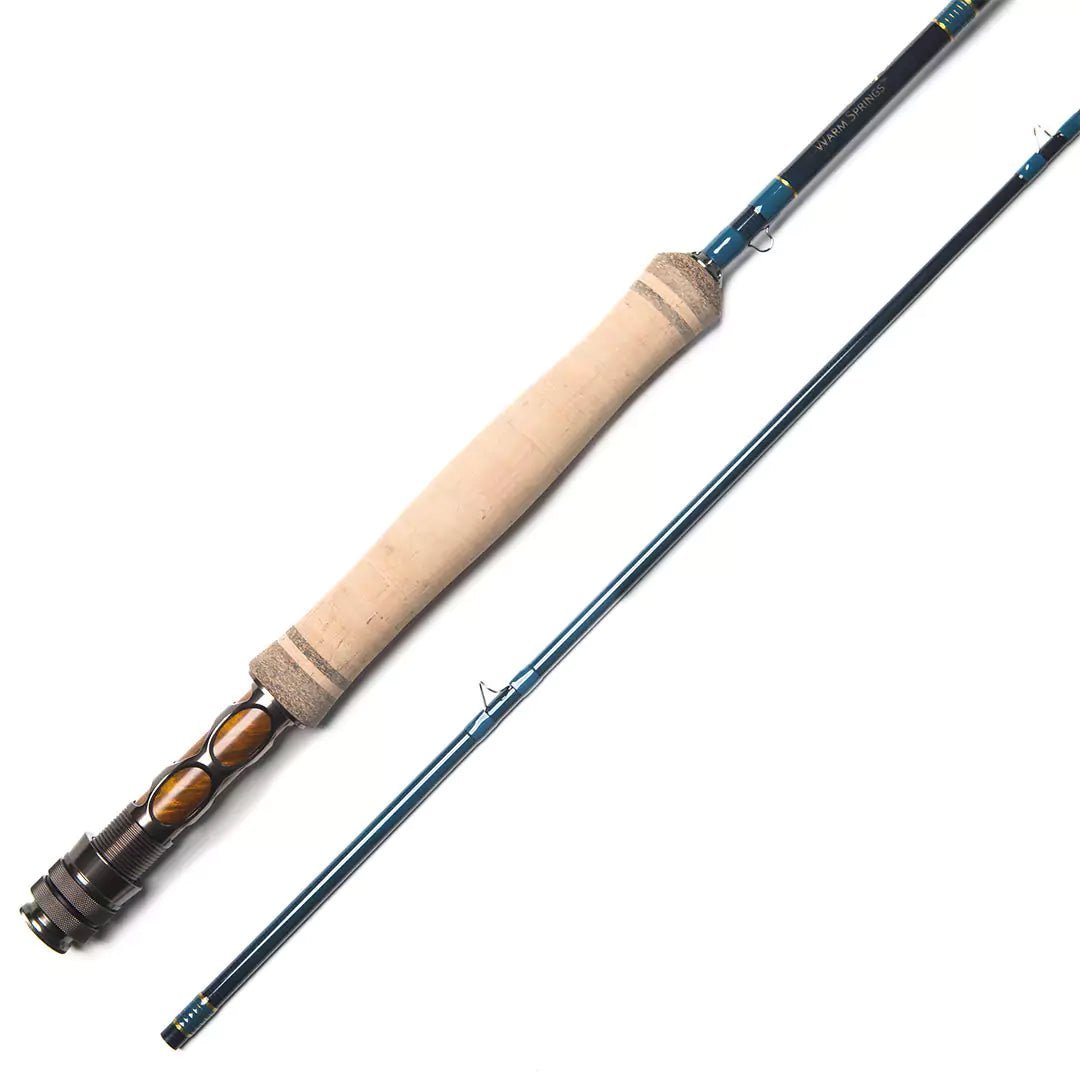
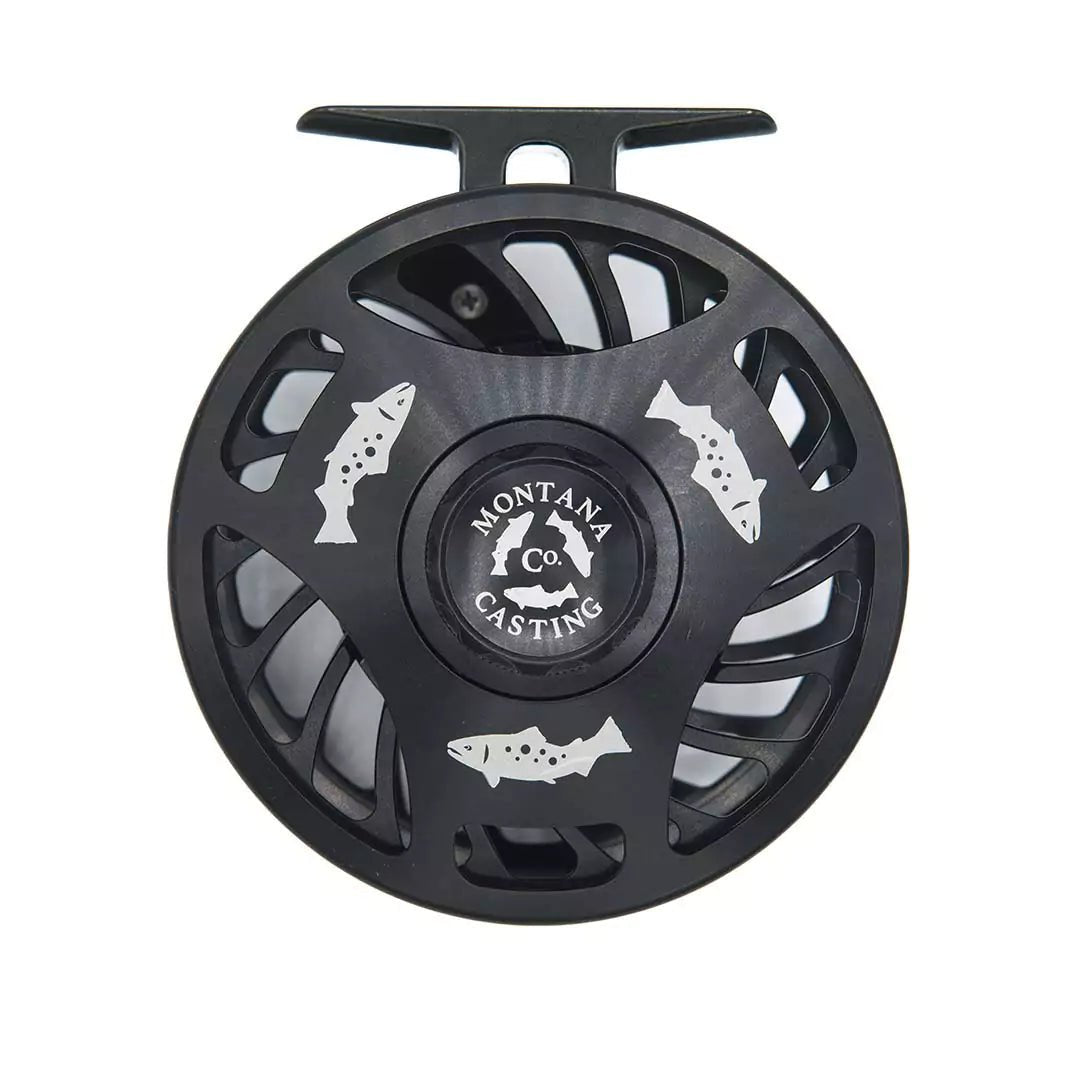
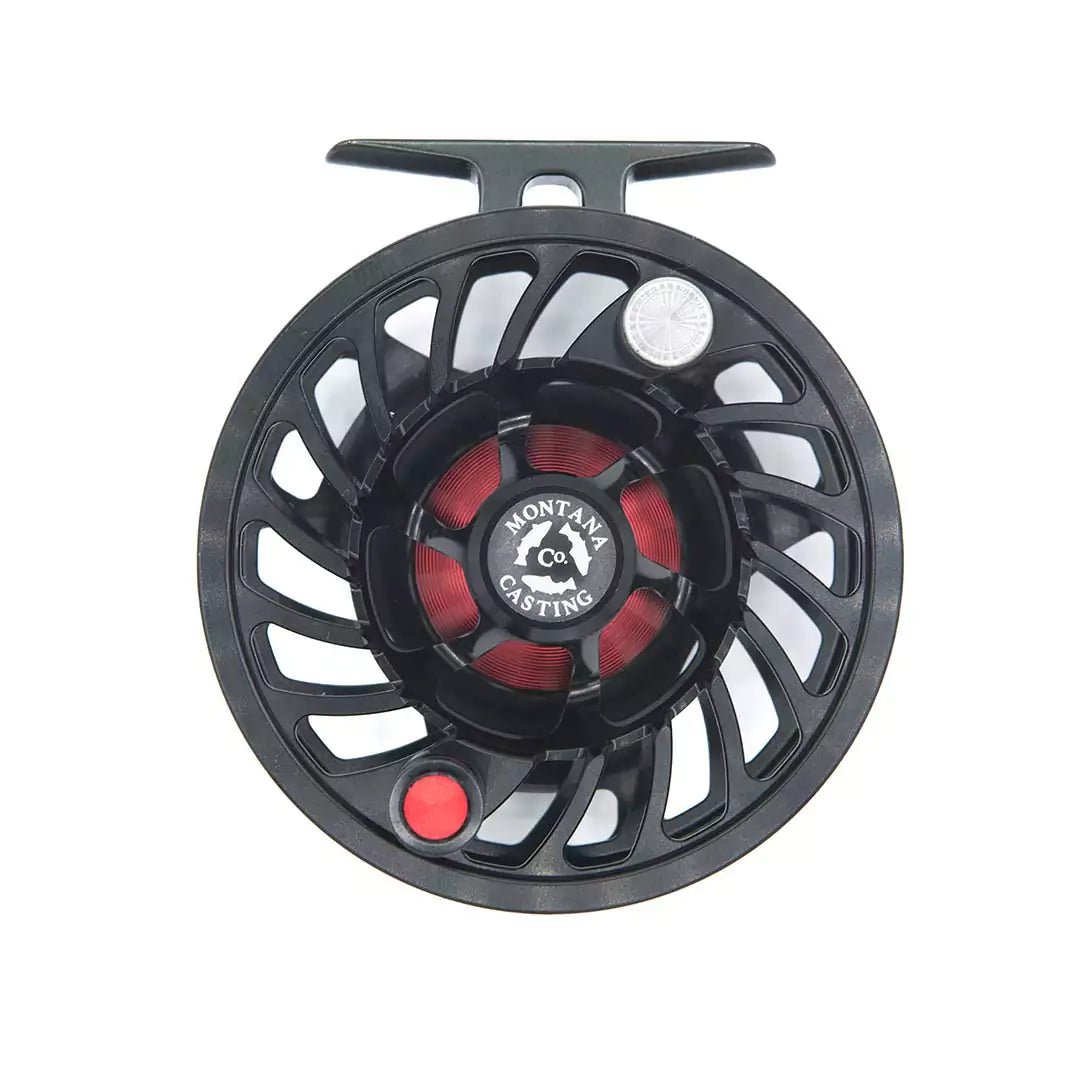
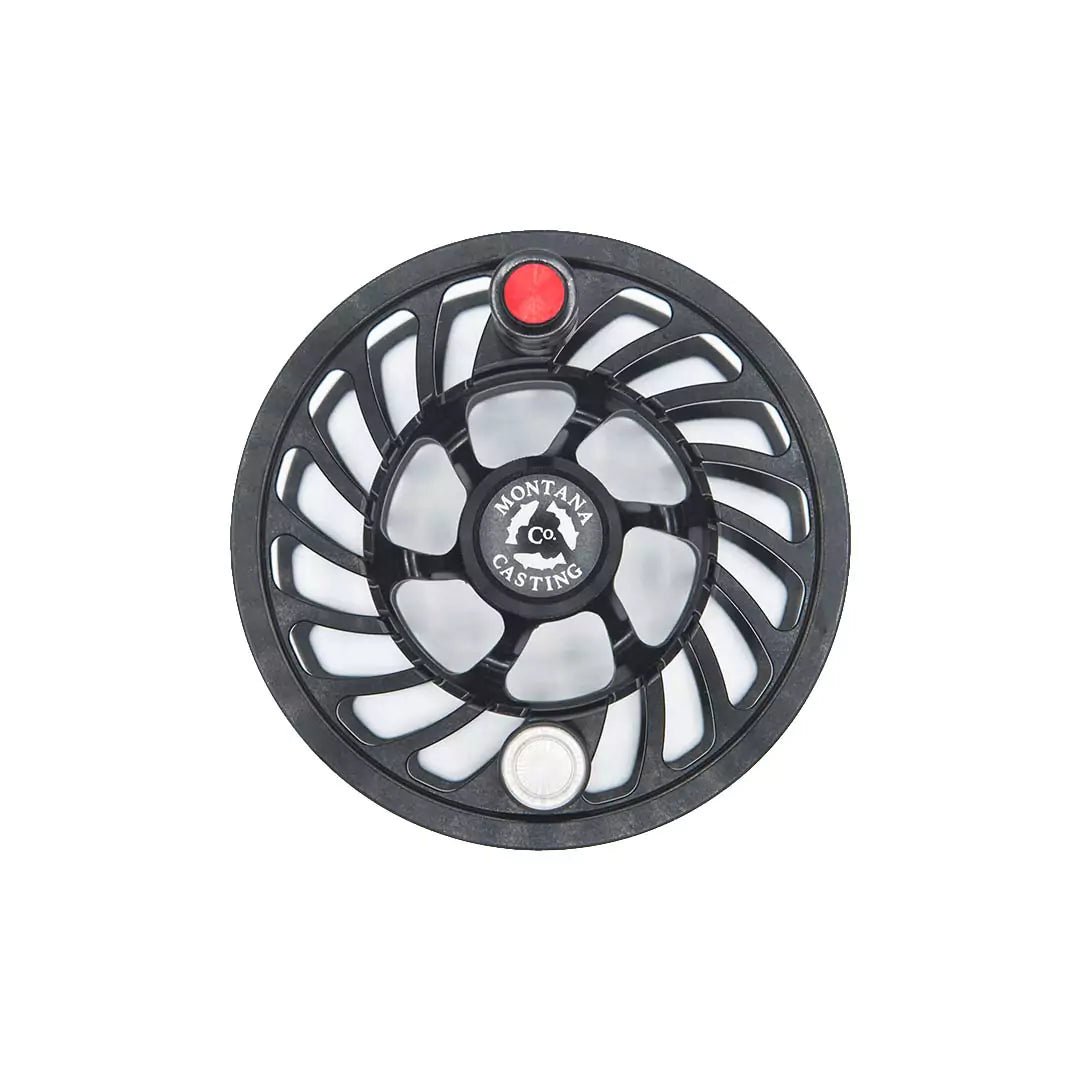
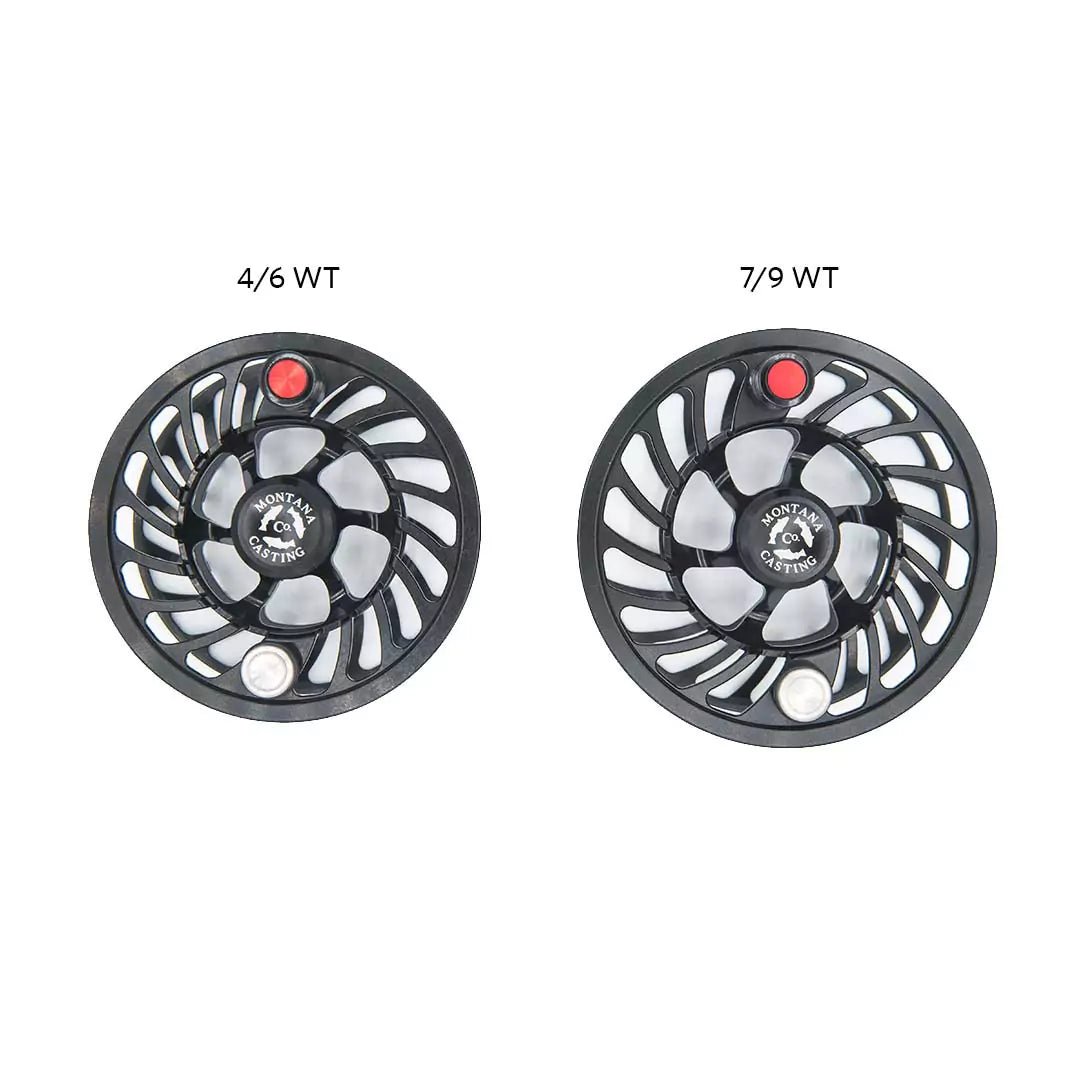
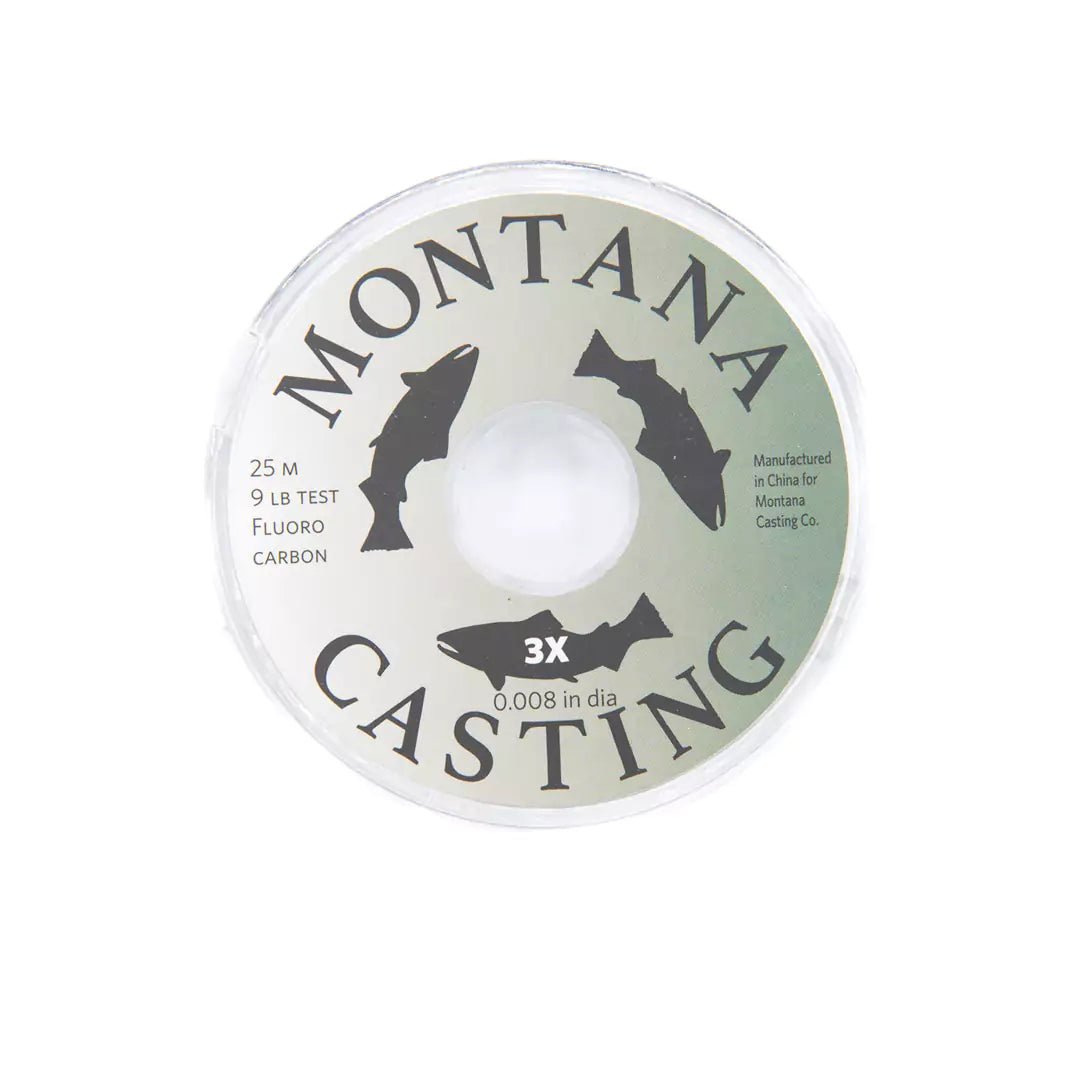


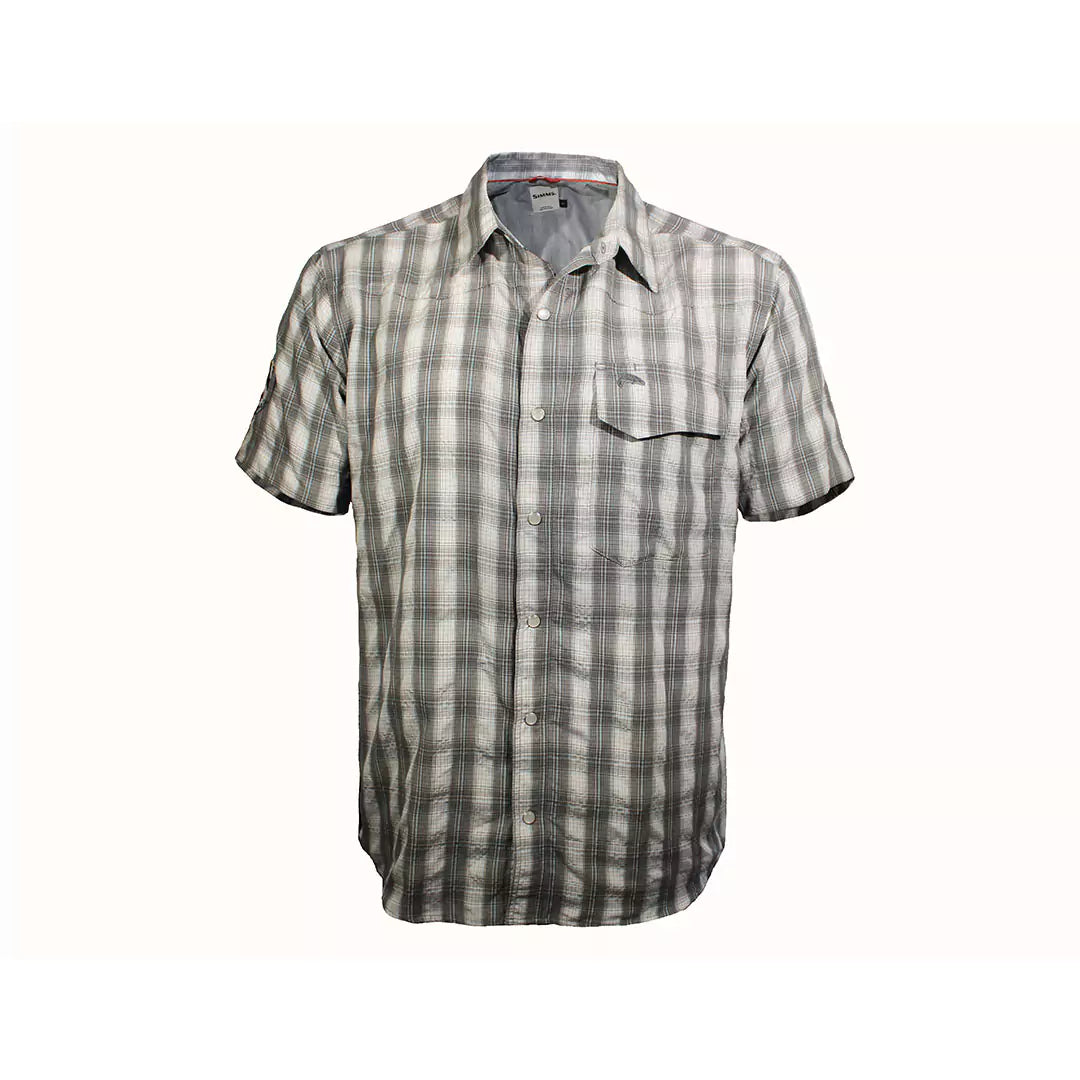
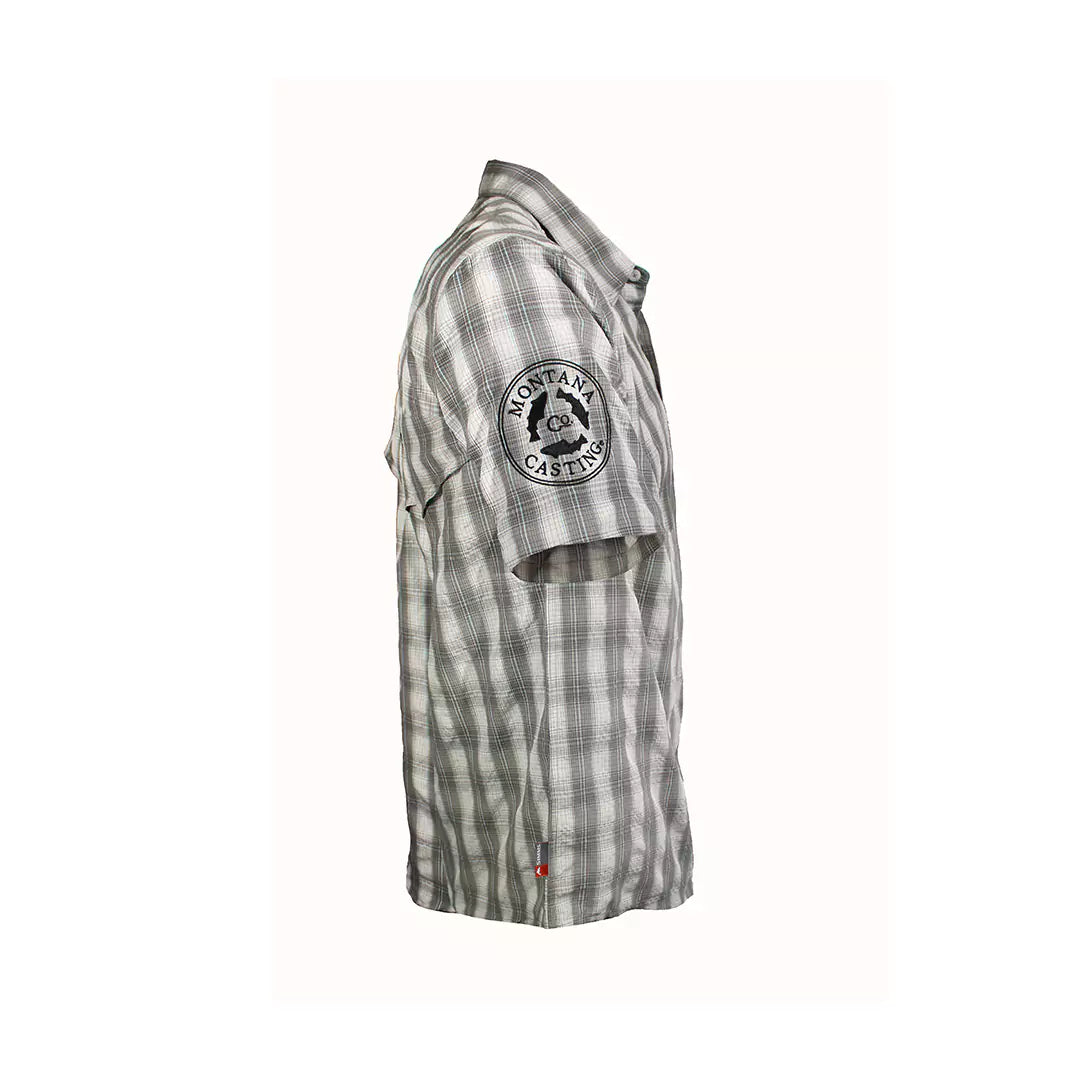
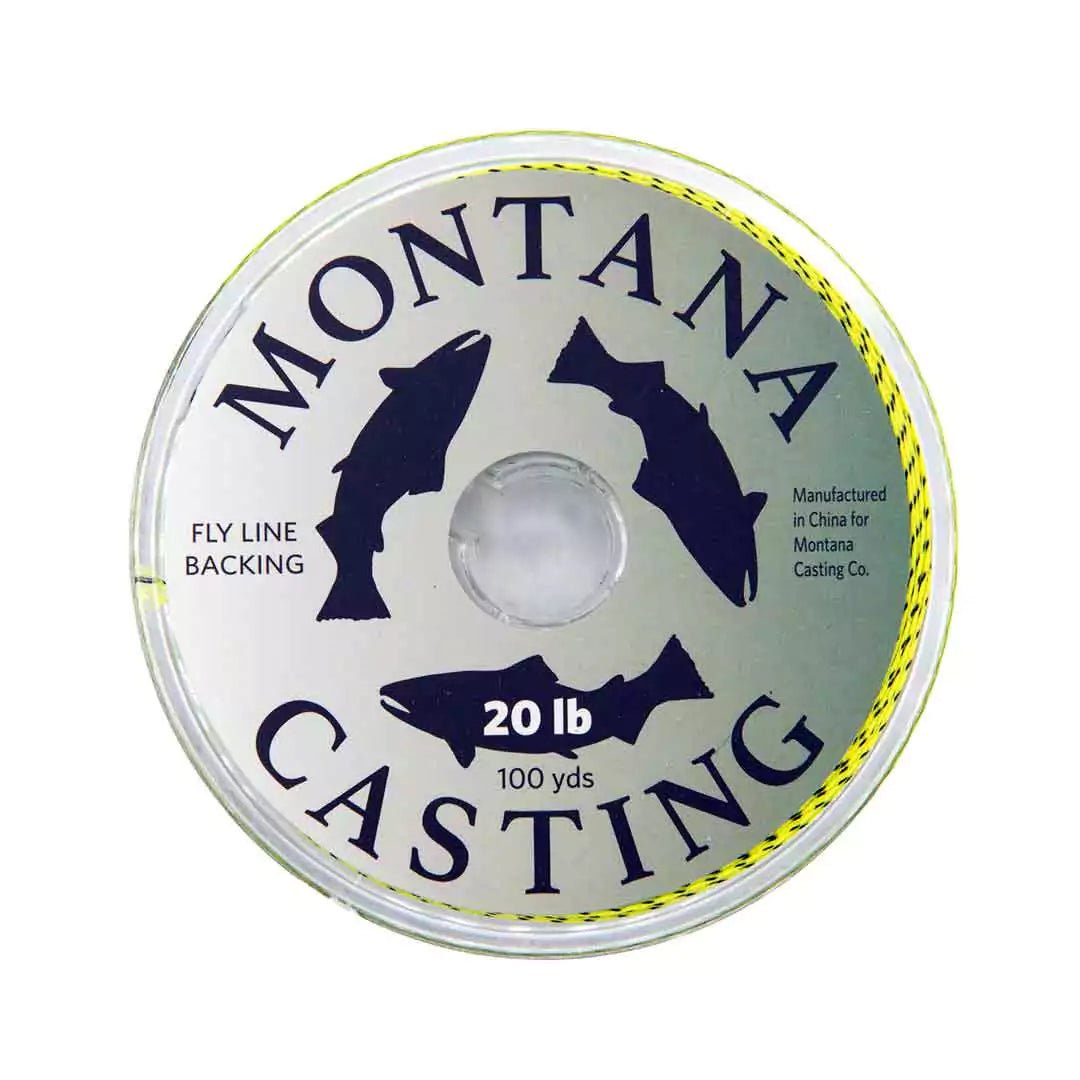
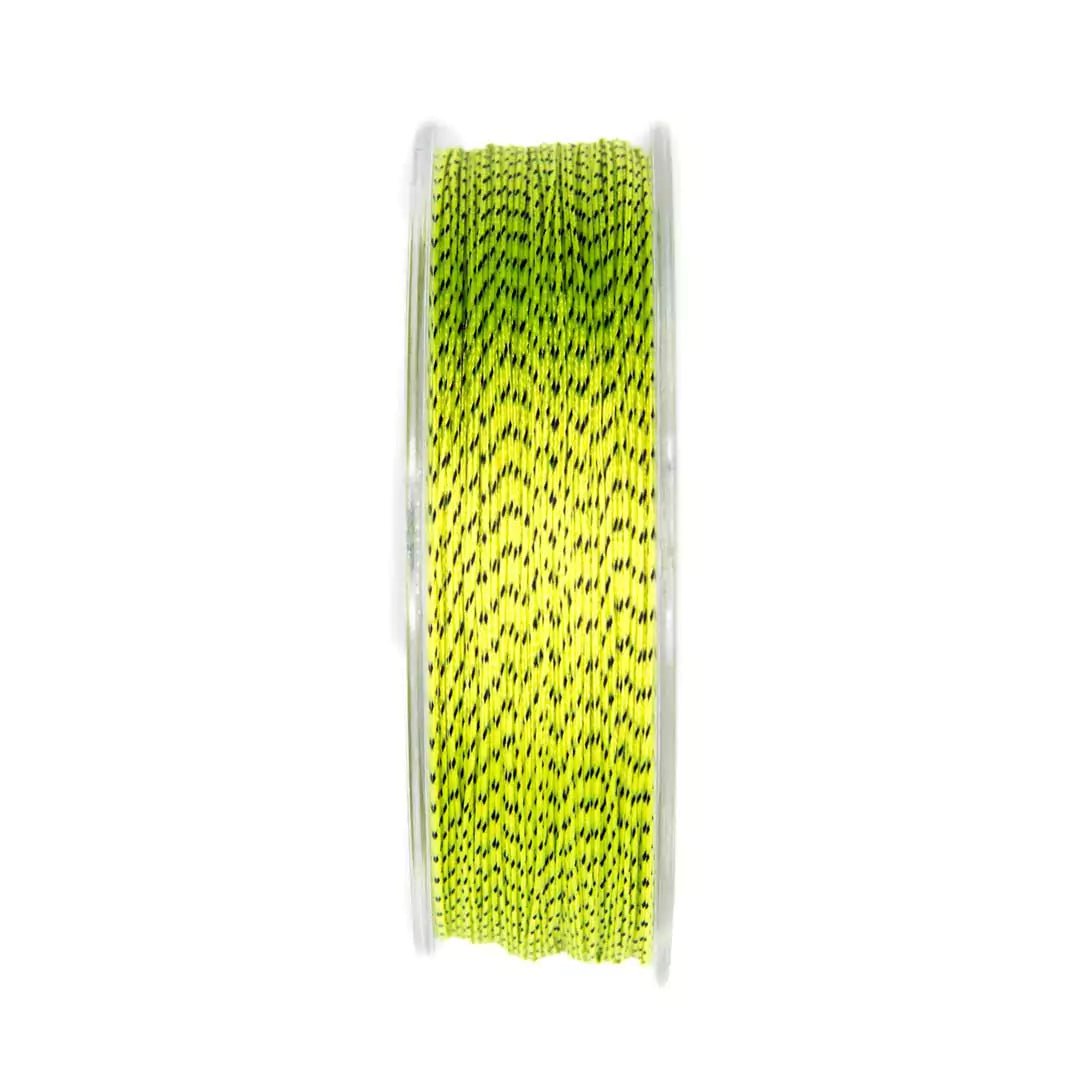
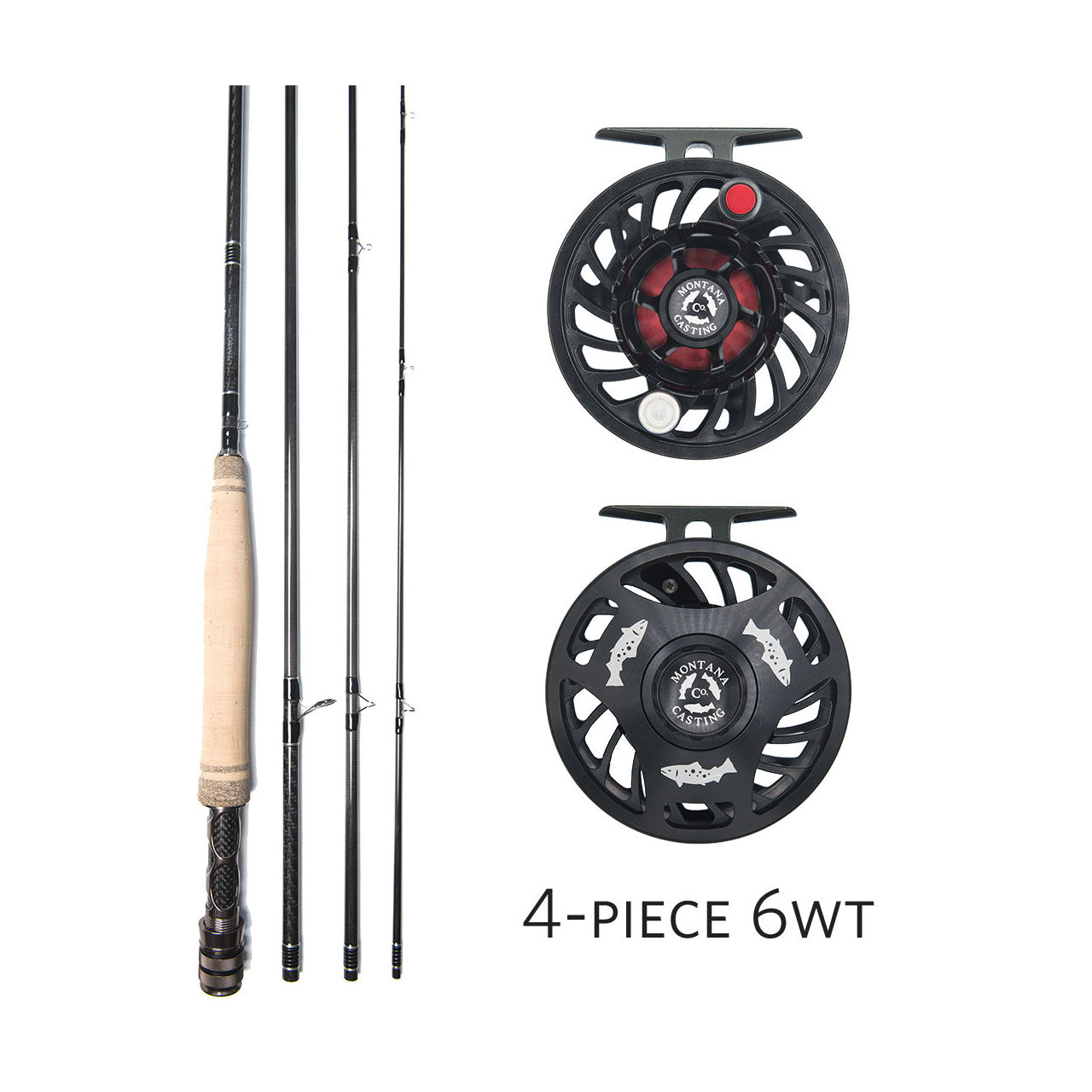
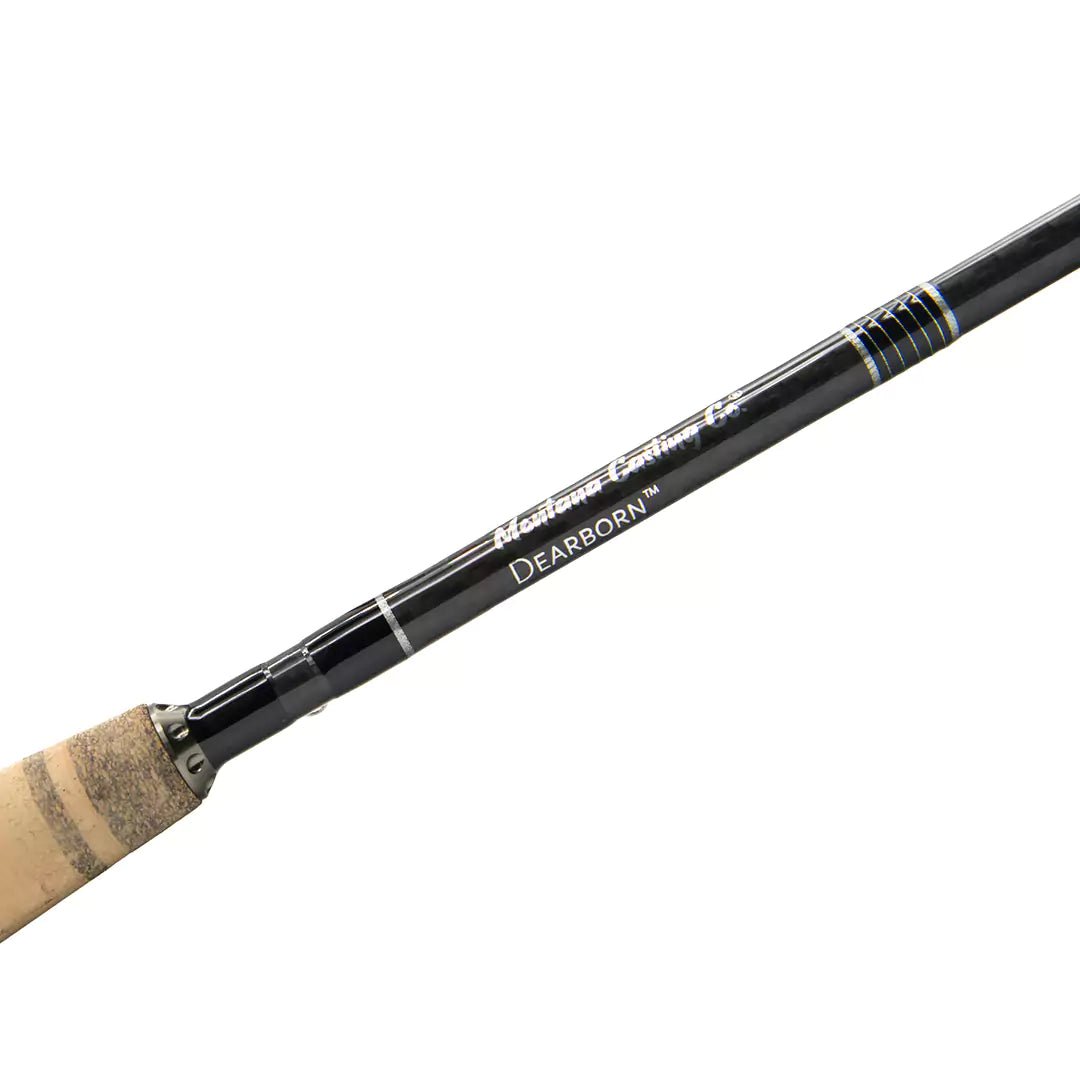
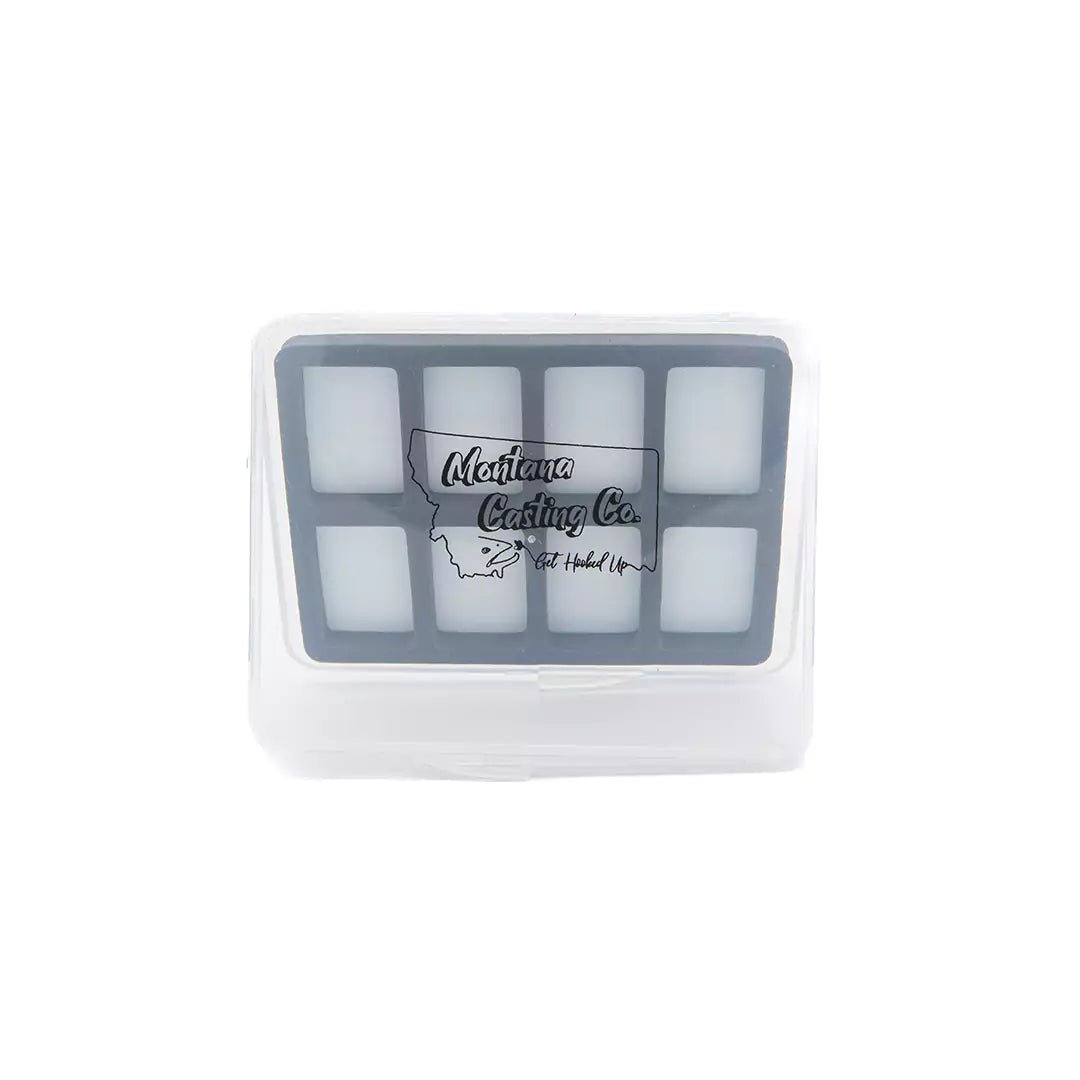
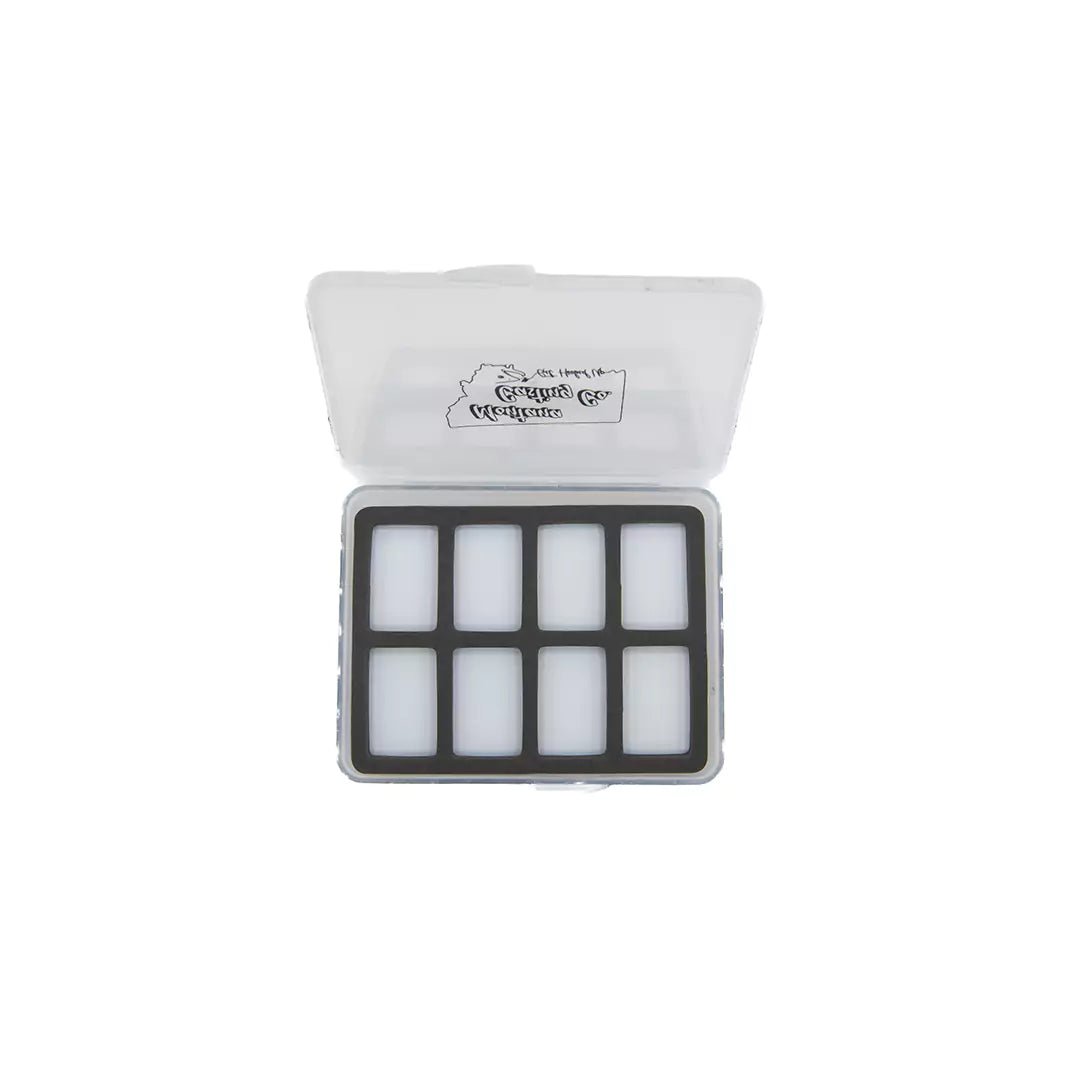

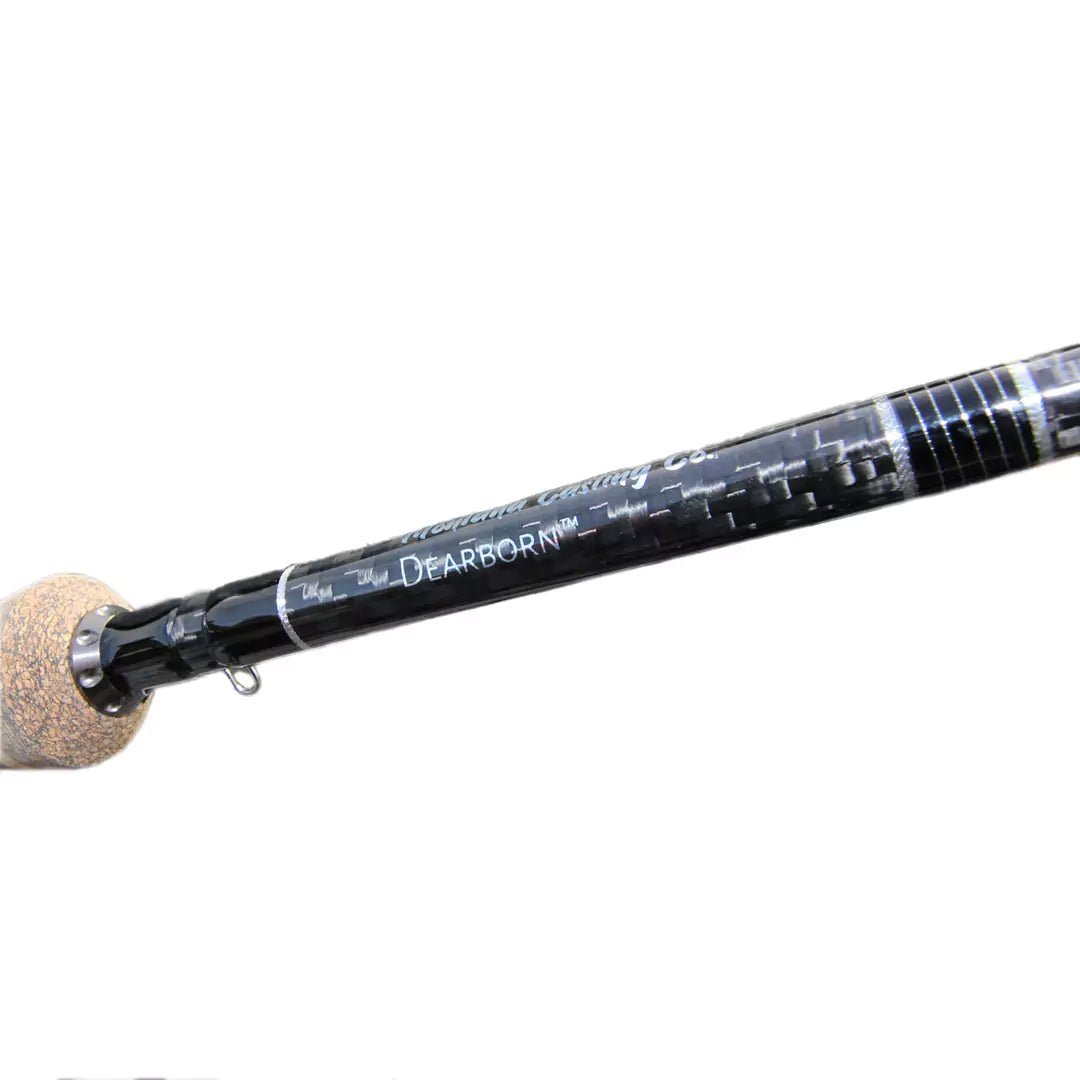



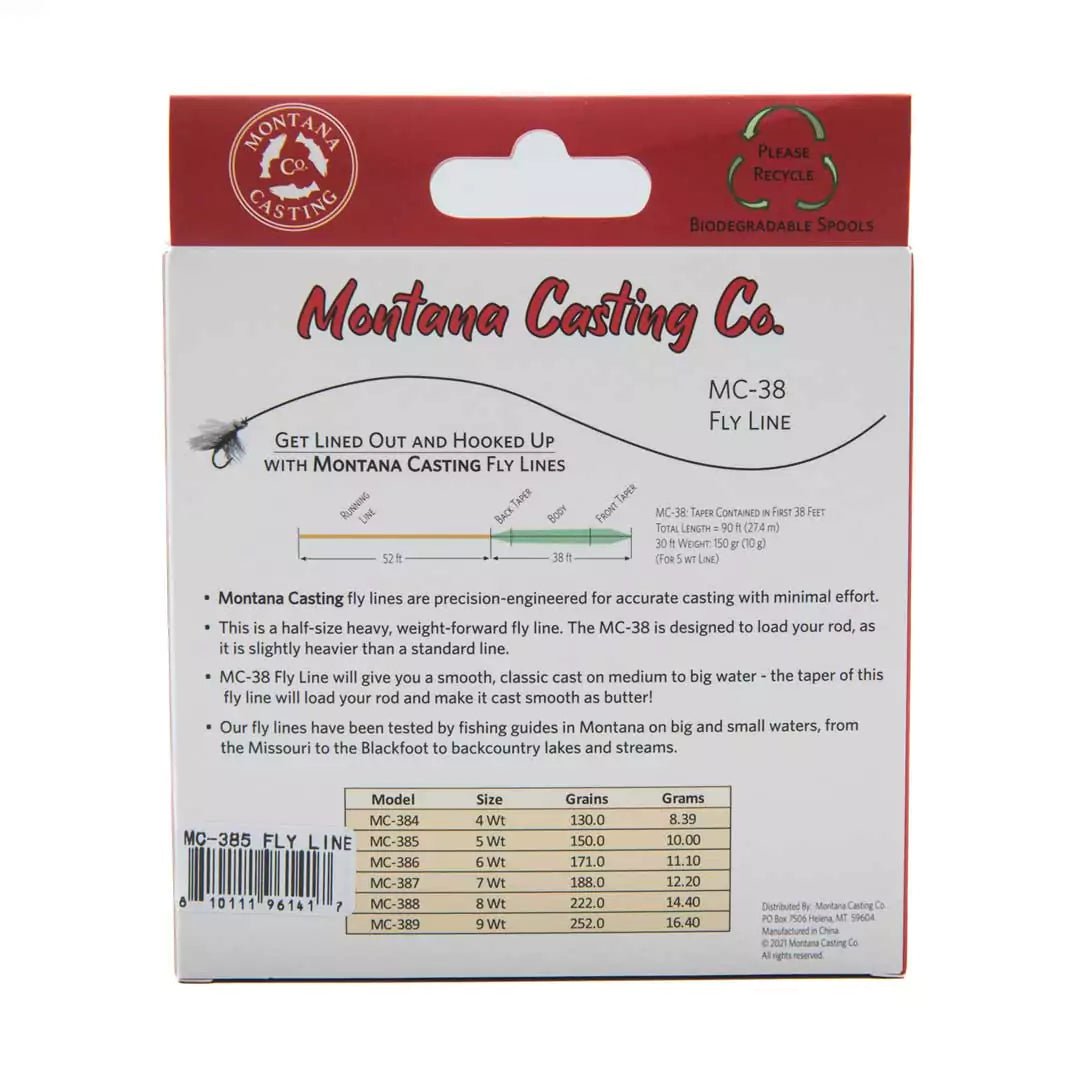


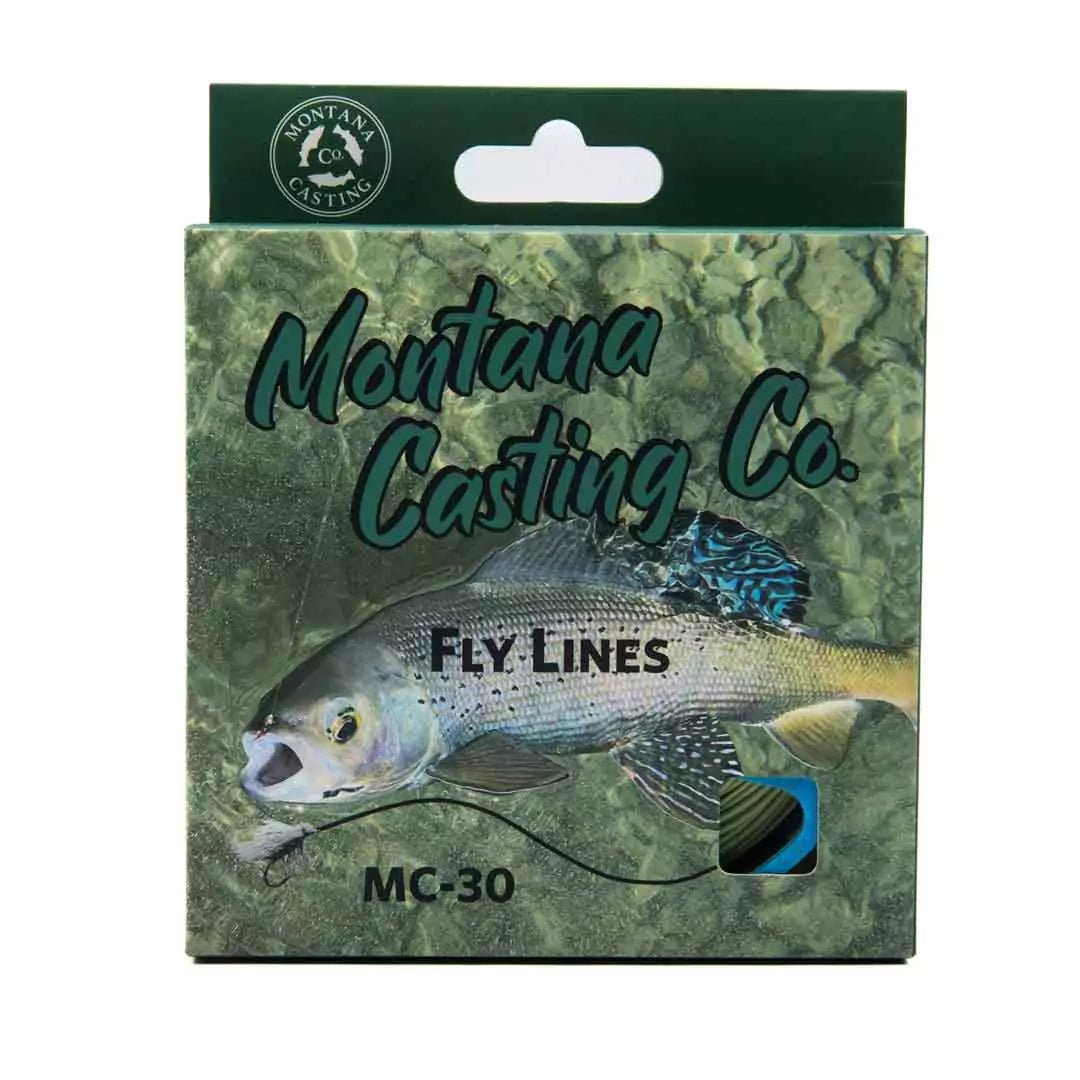
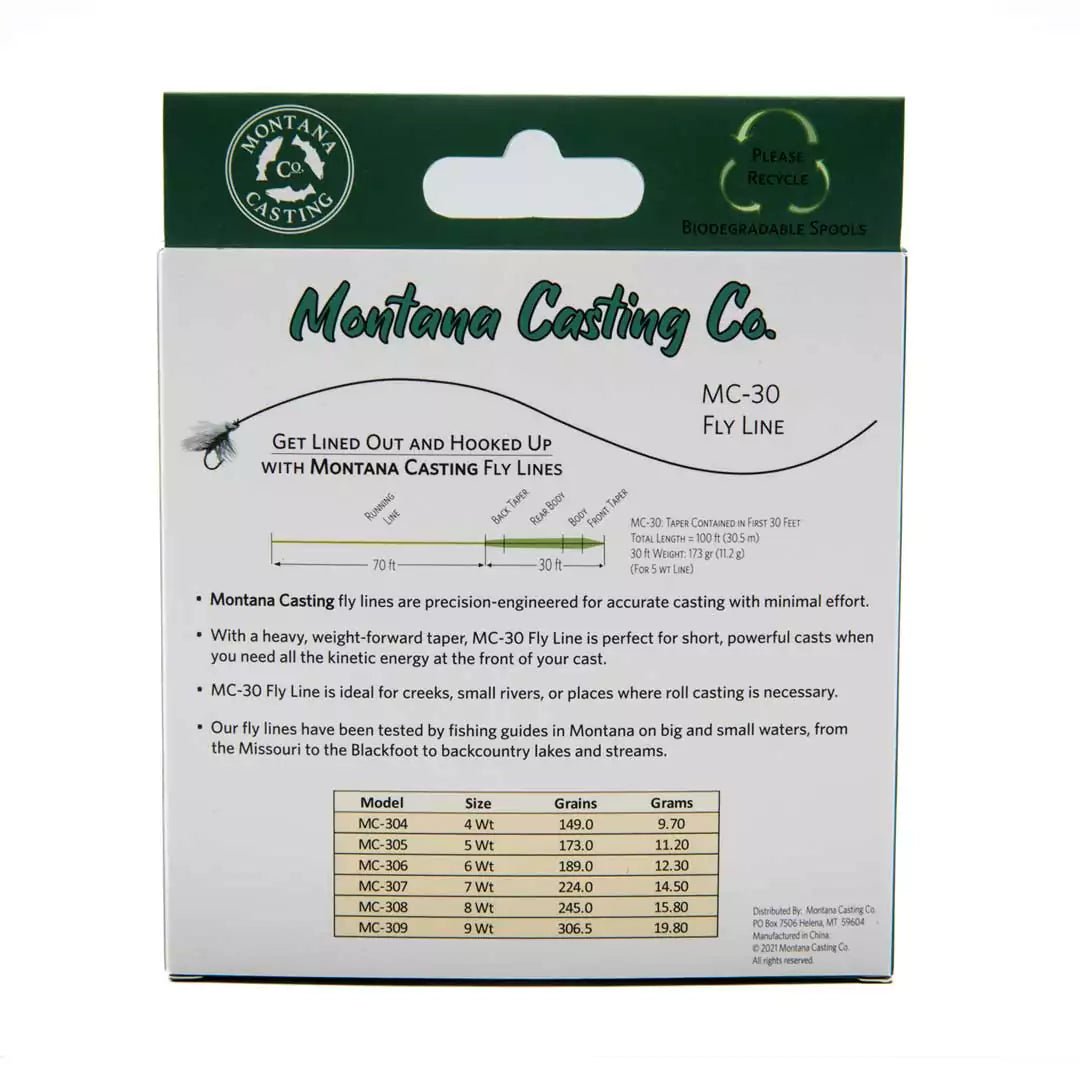

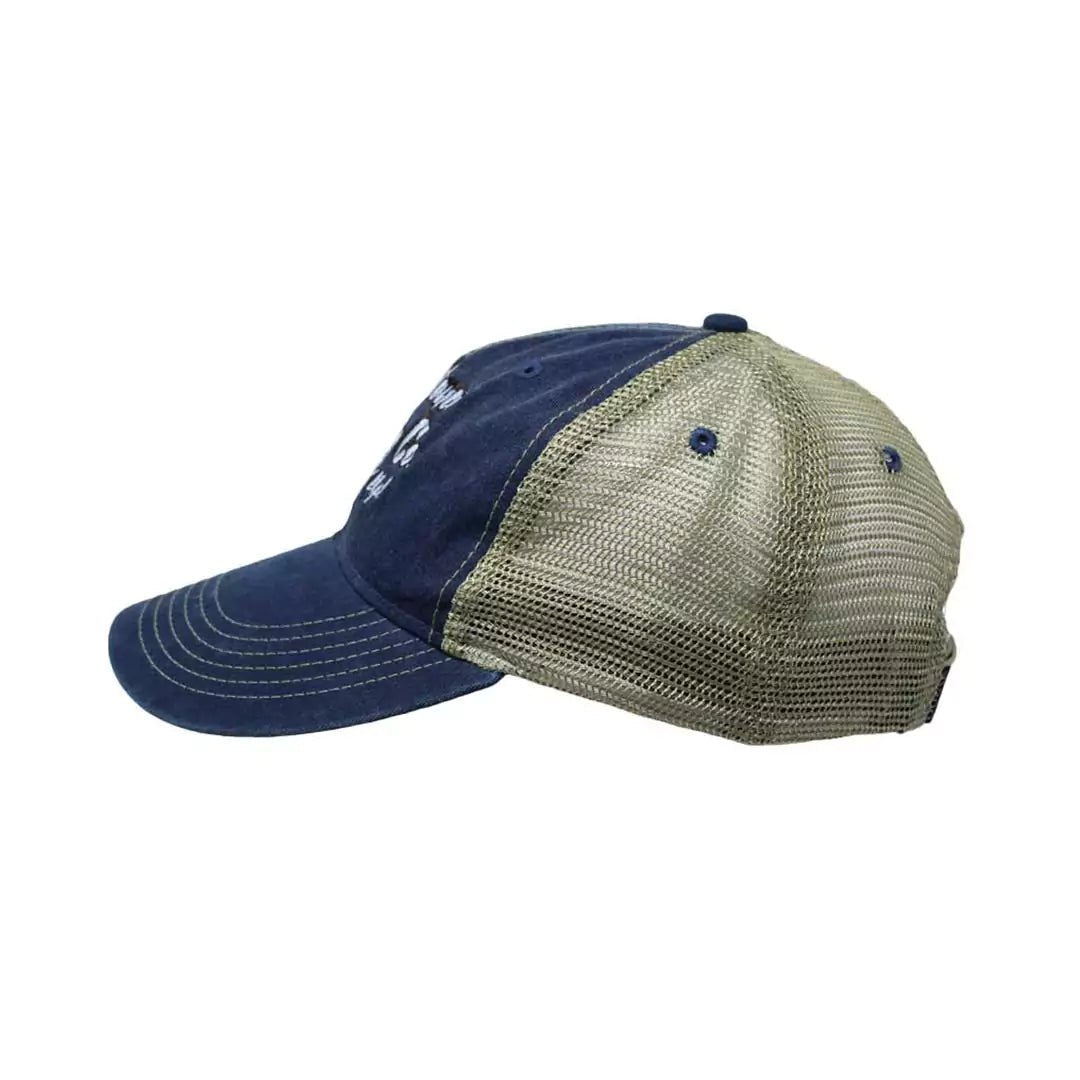
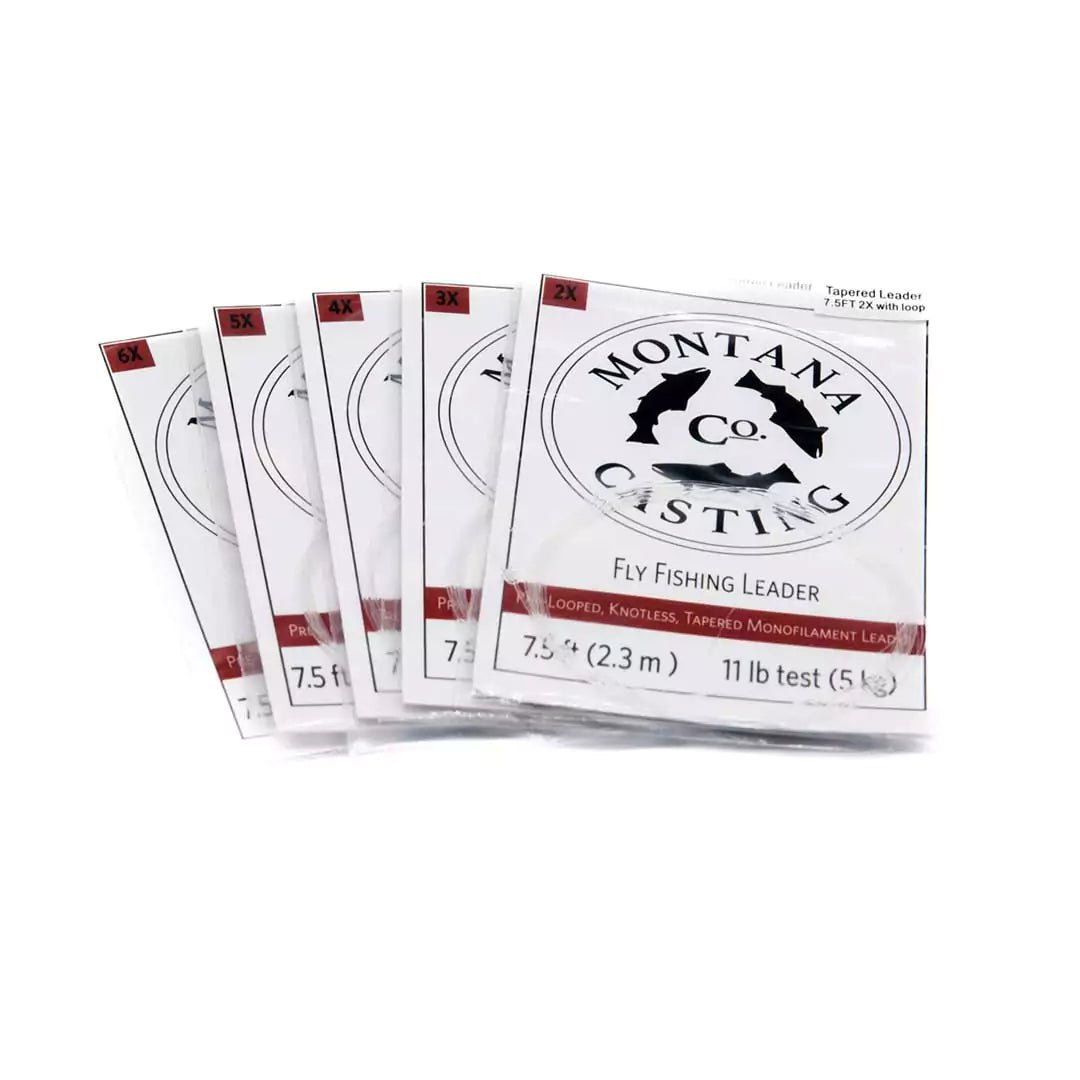

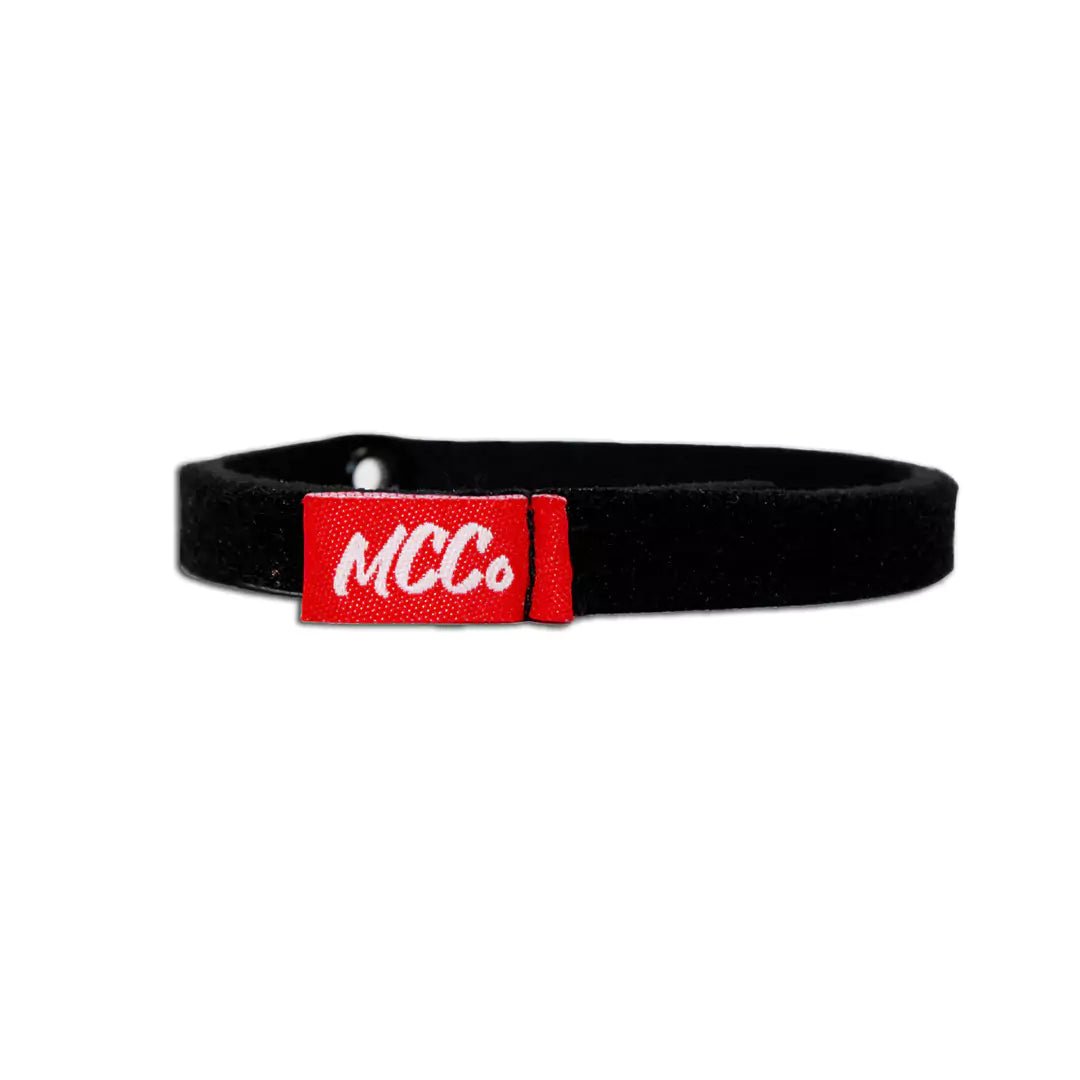
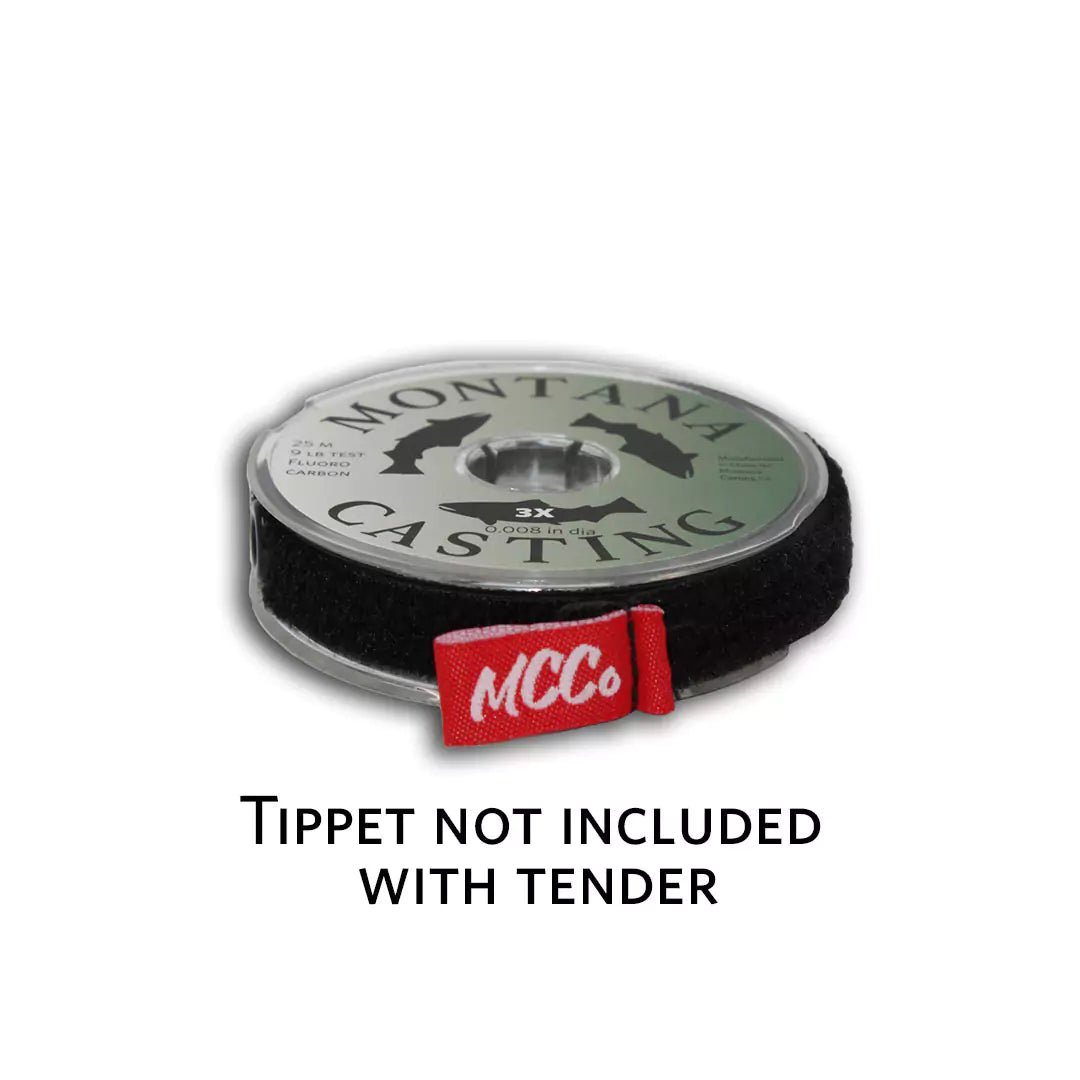
1 comment
Your products and your store are first class quality. You have a lot of compassion for Fly fishing next you feel like you’re on the river. Thank you so much.